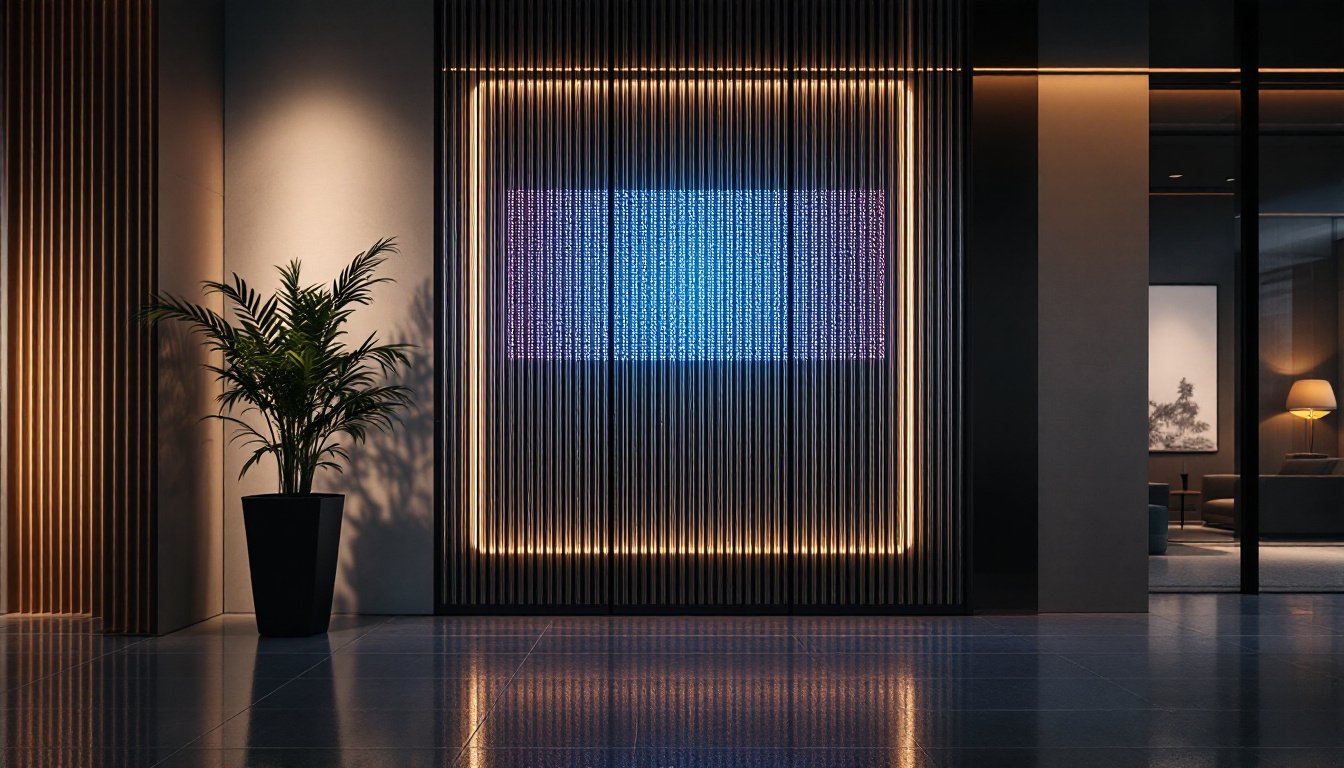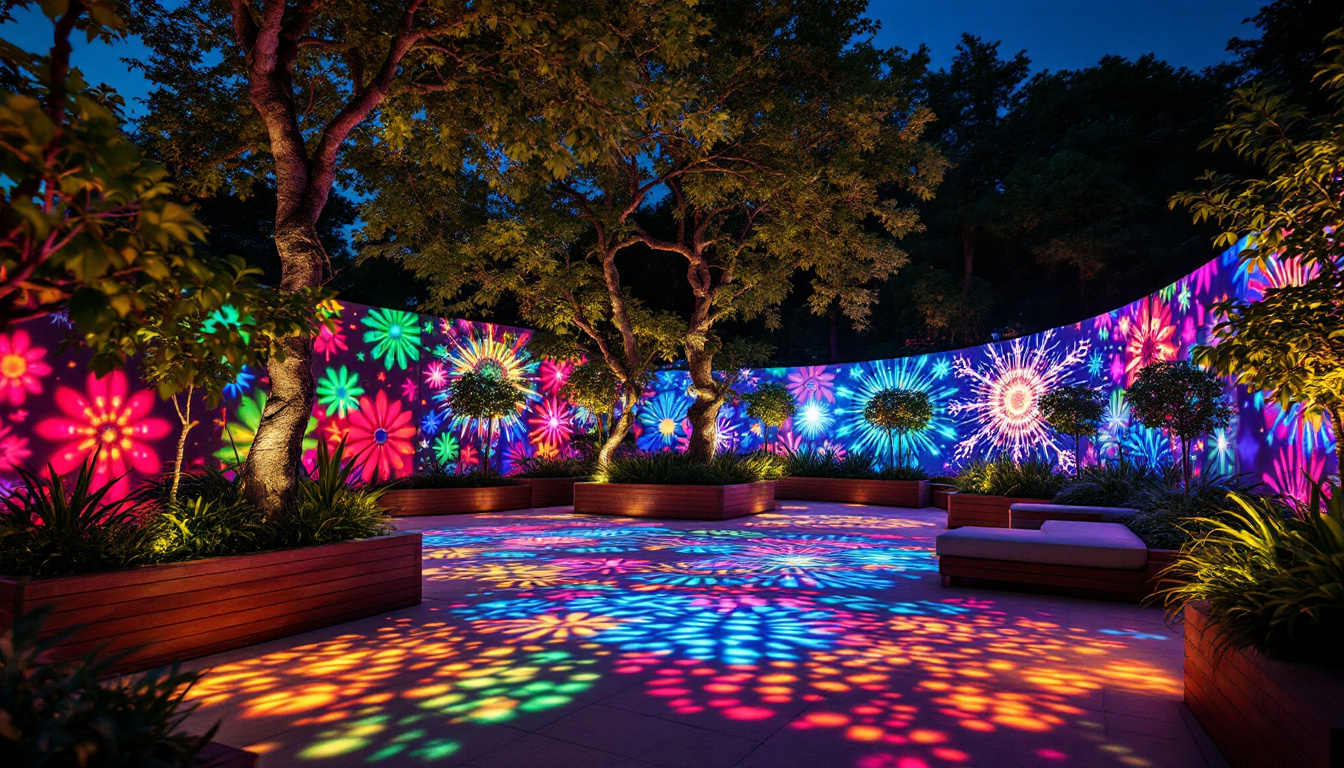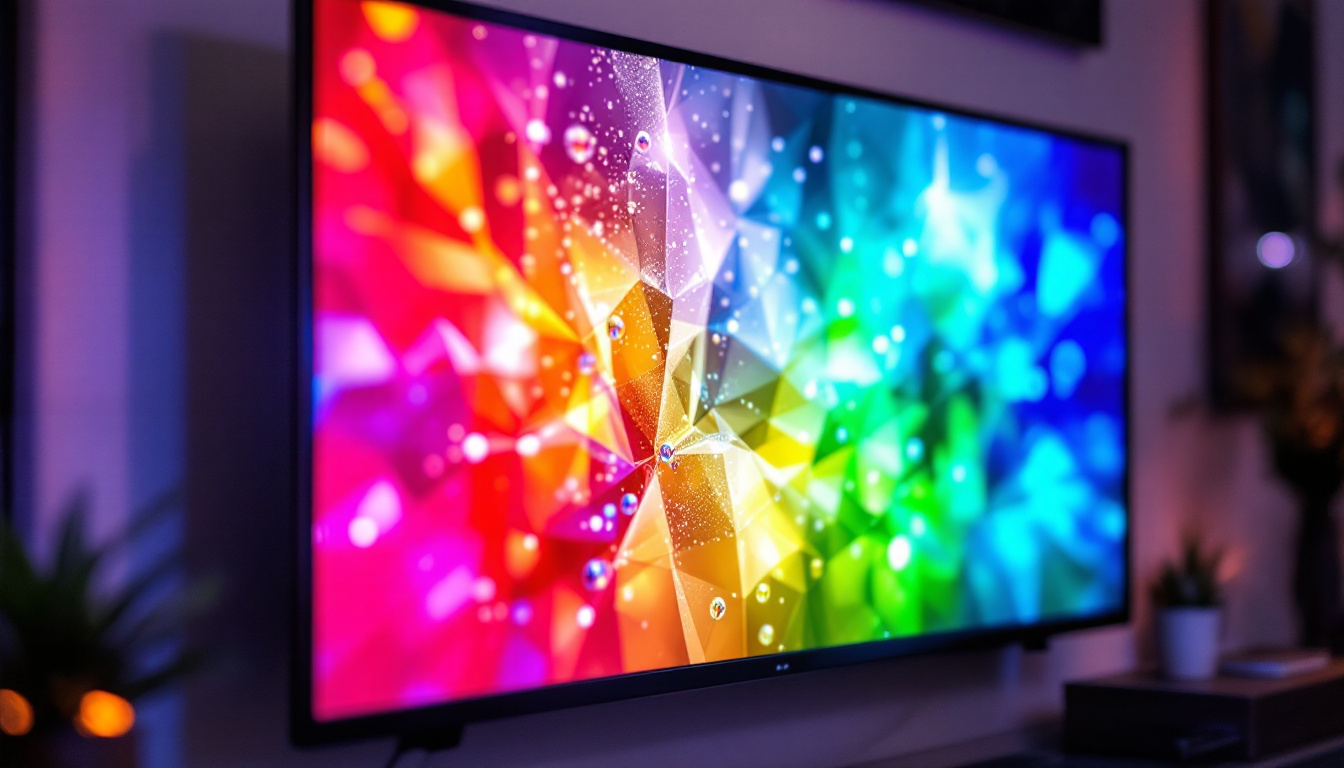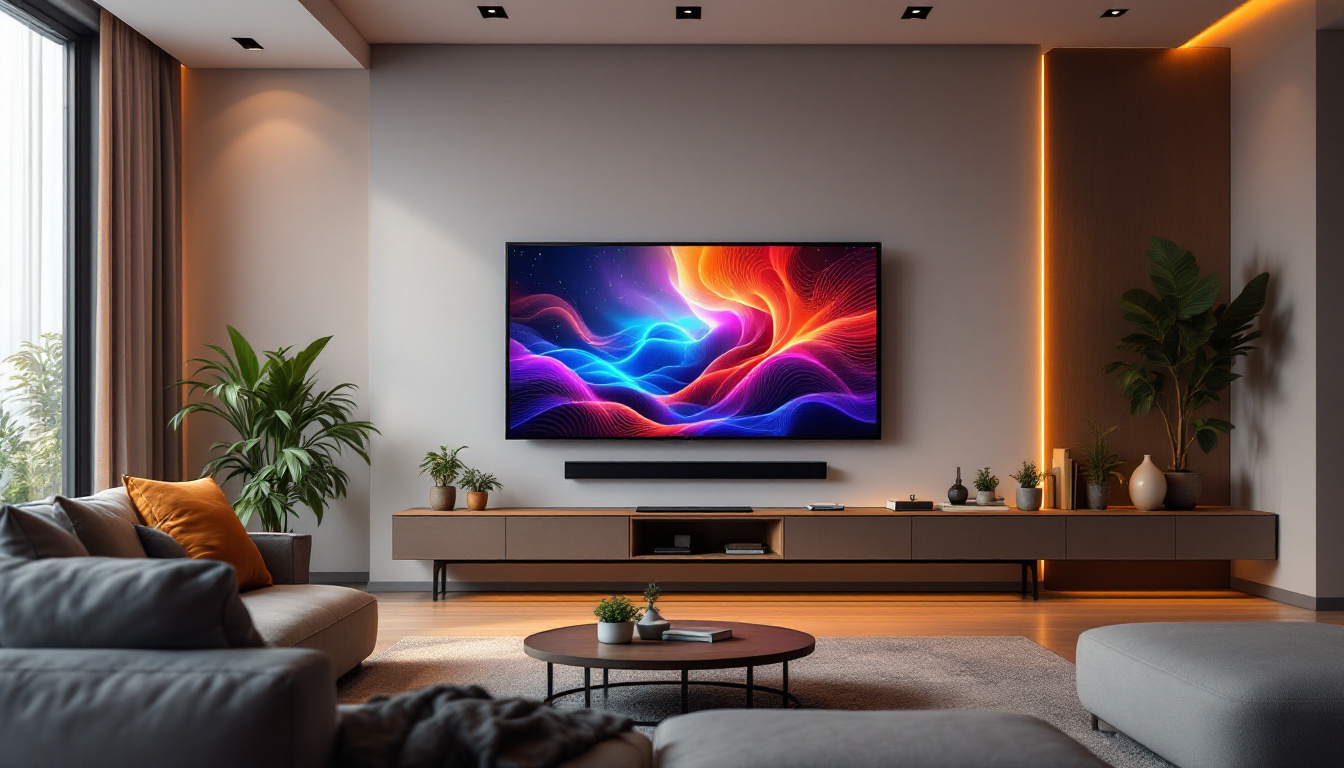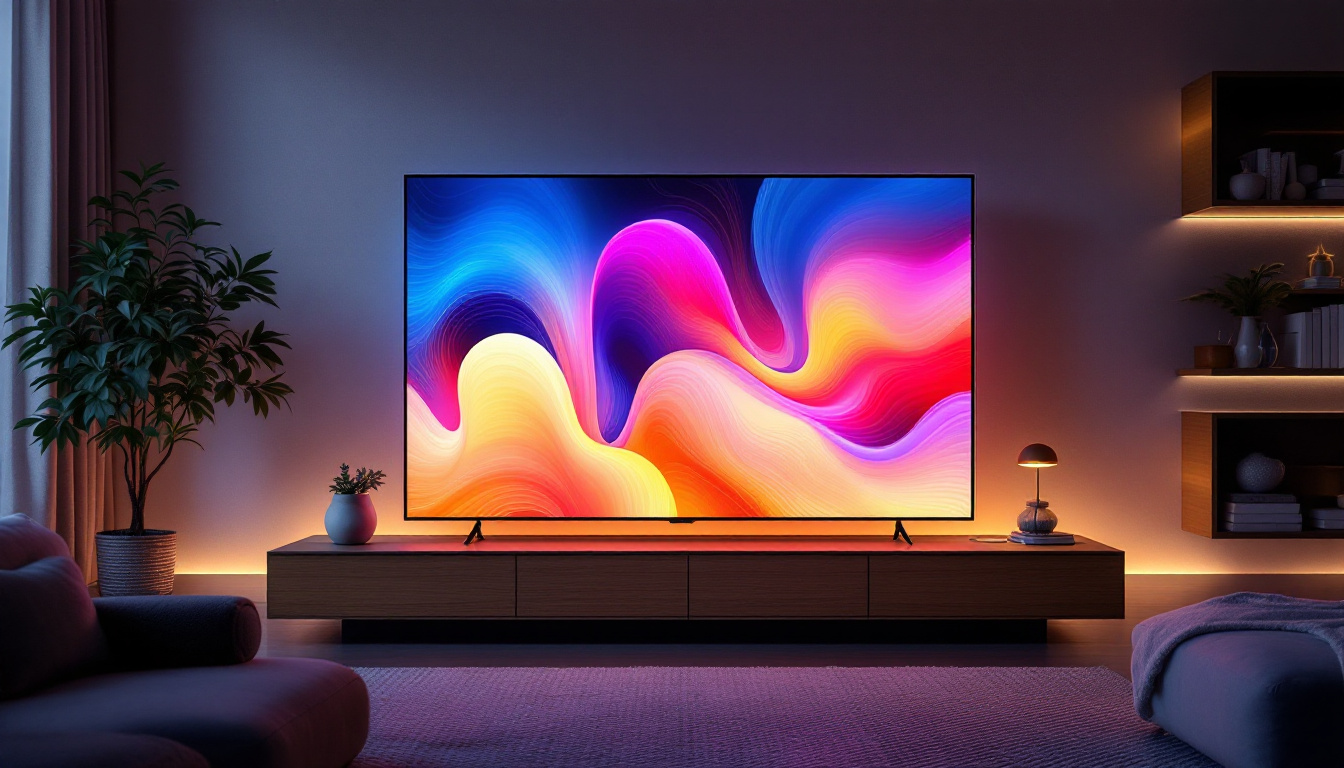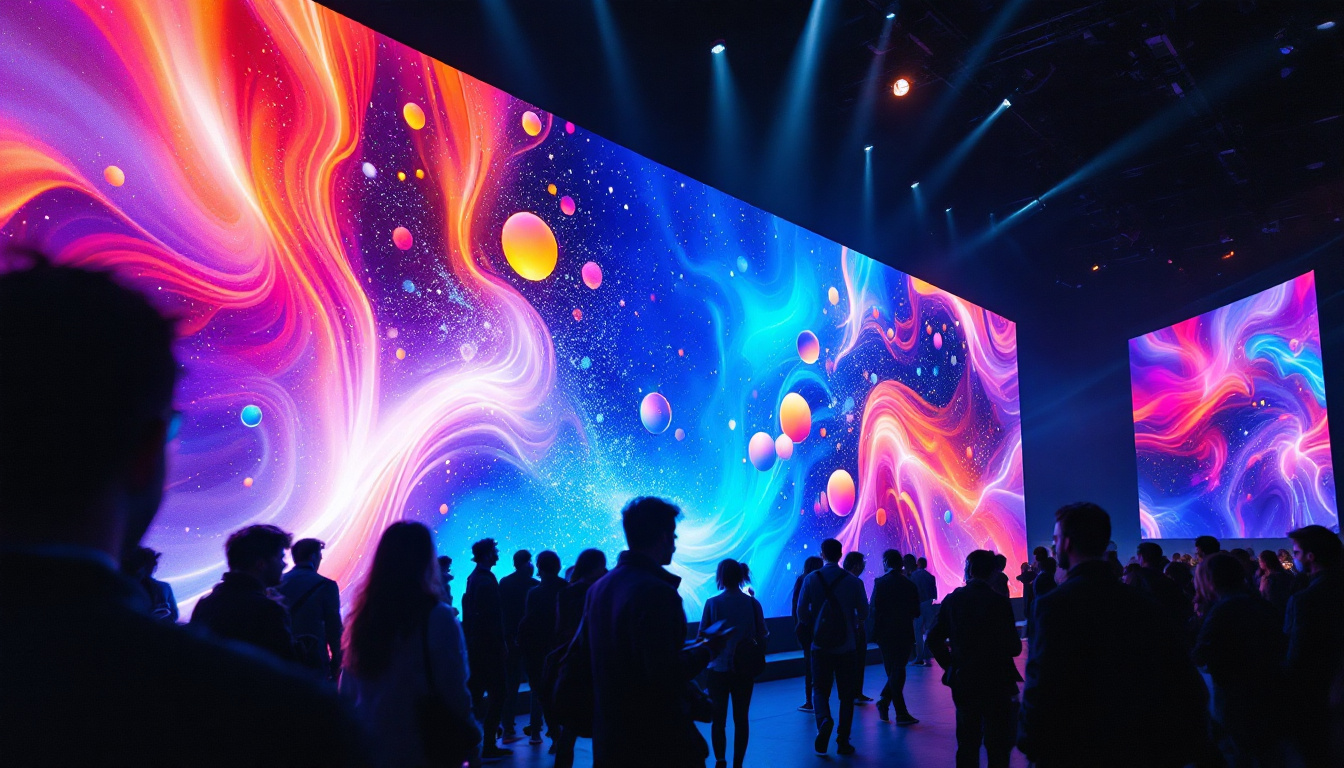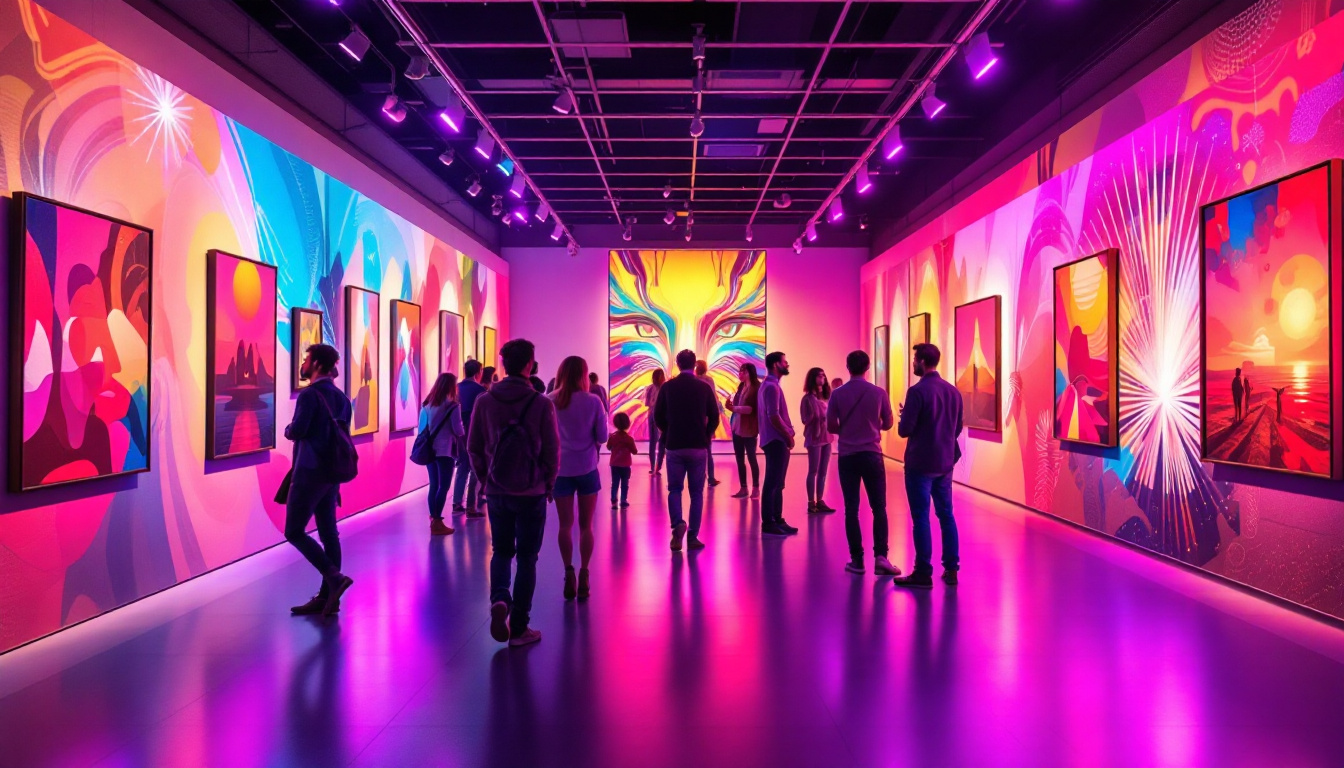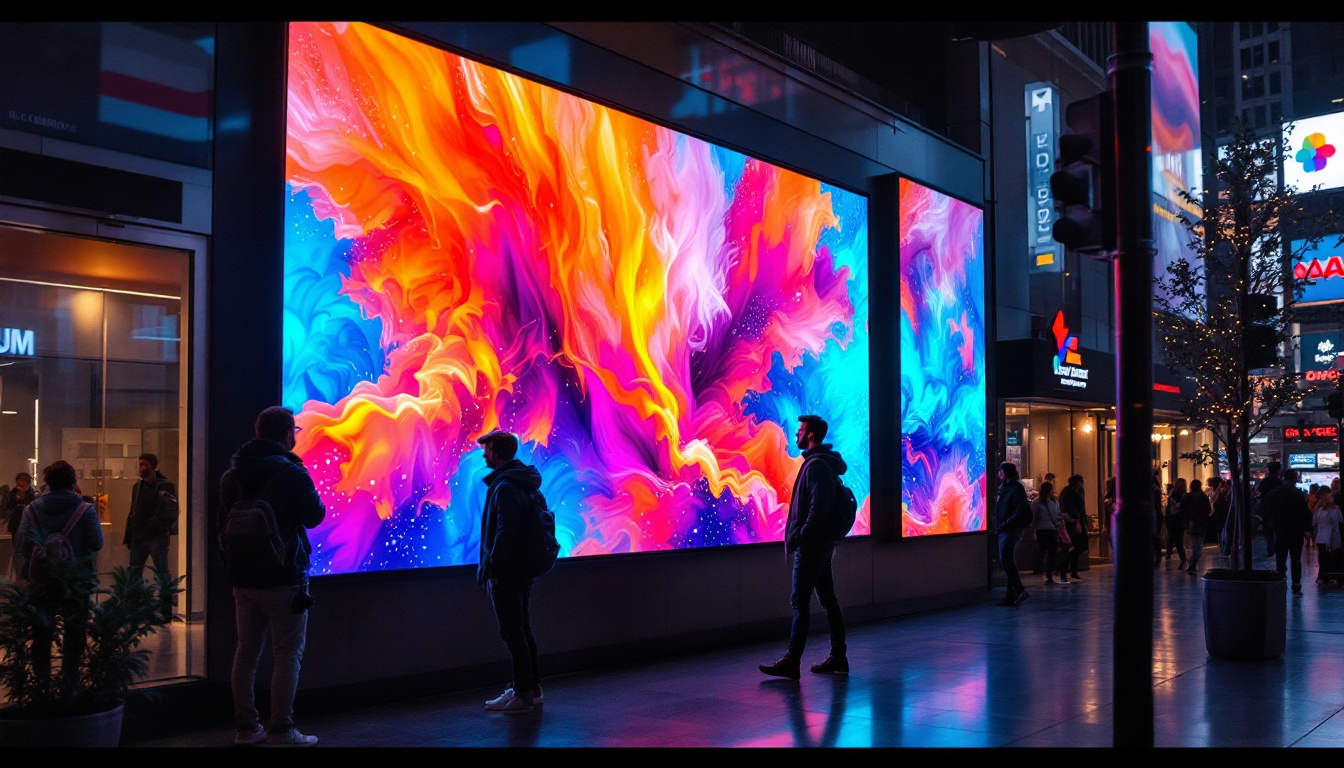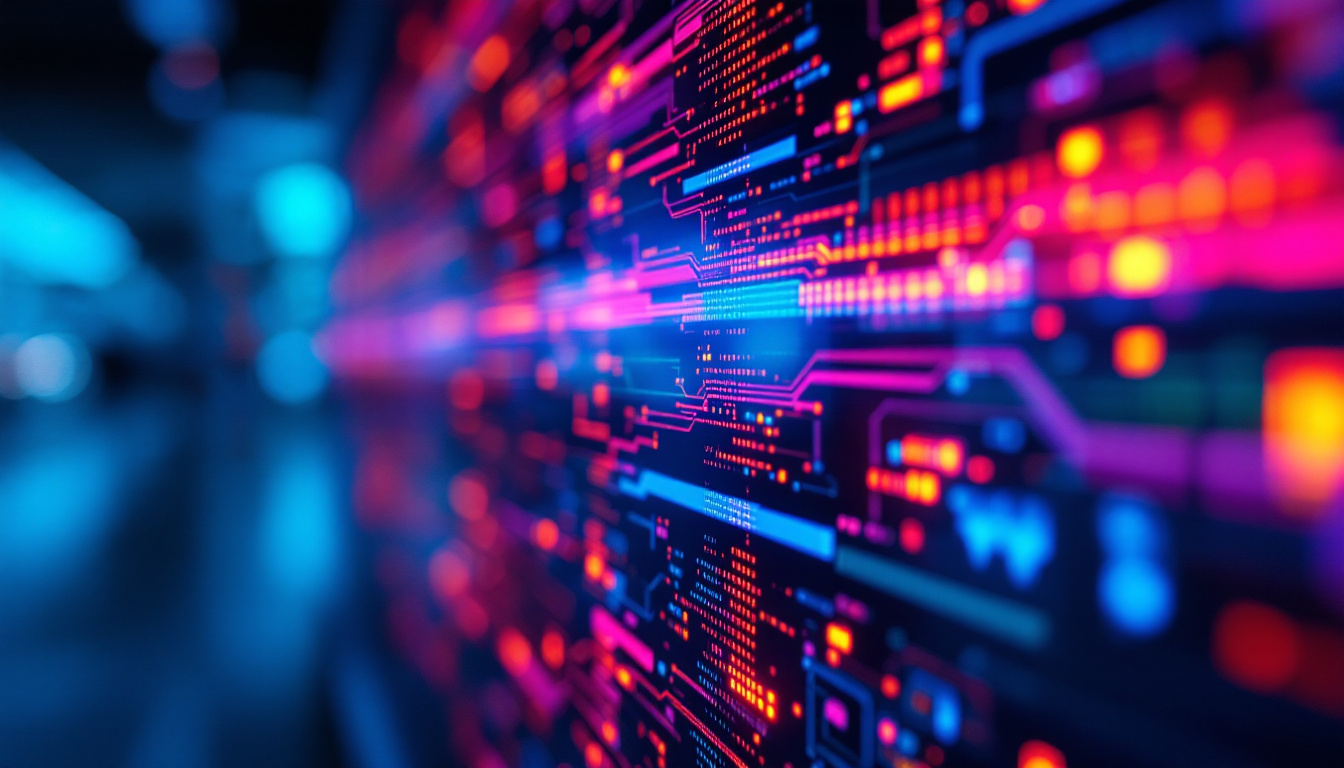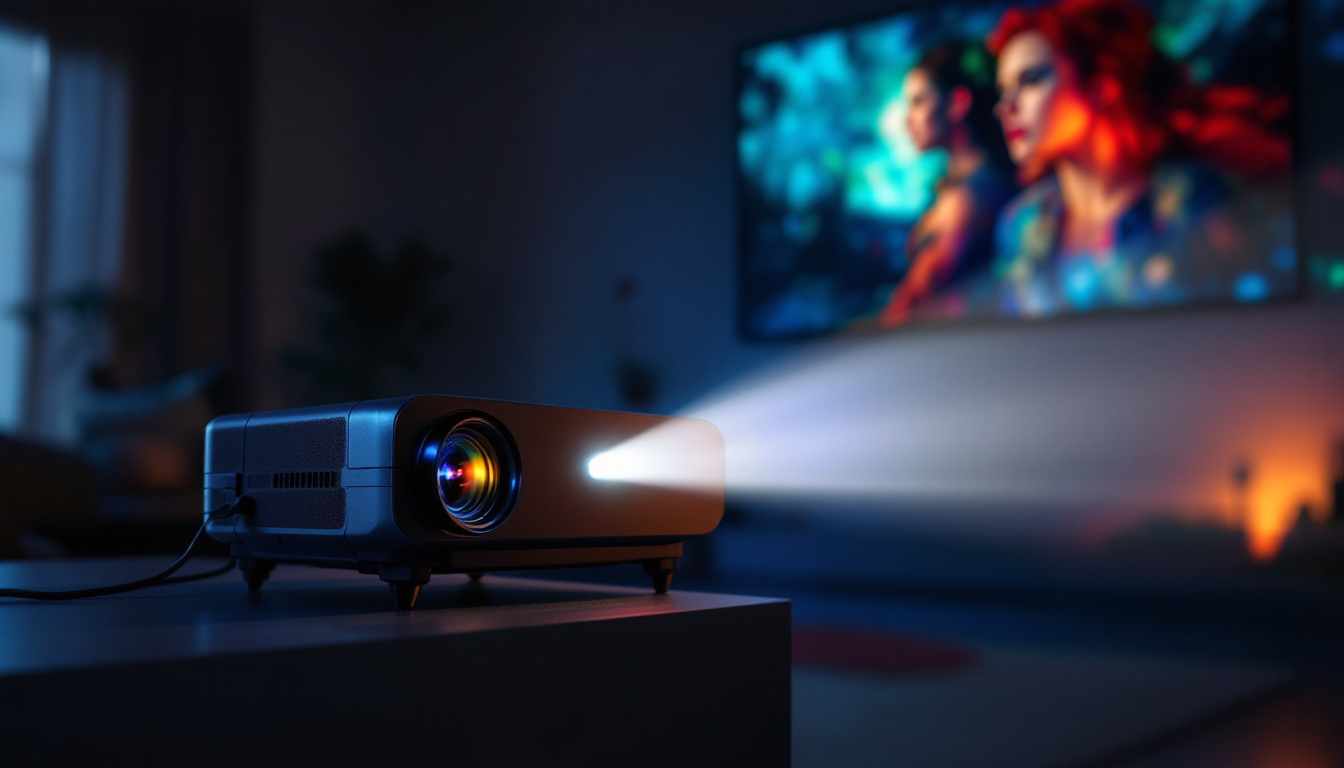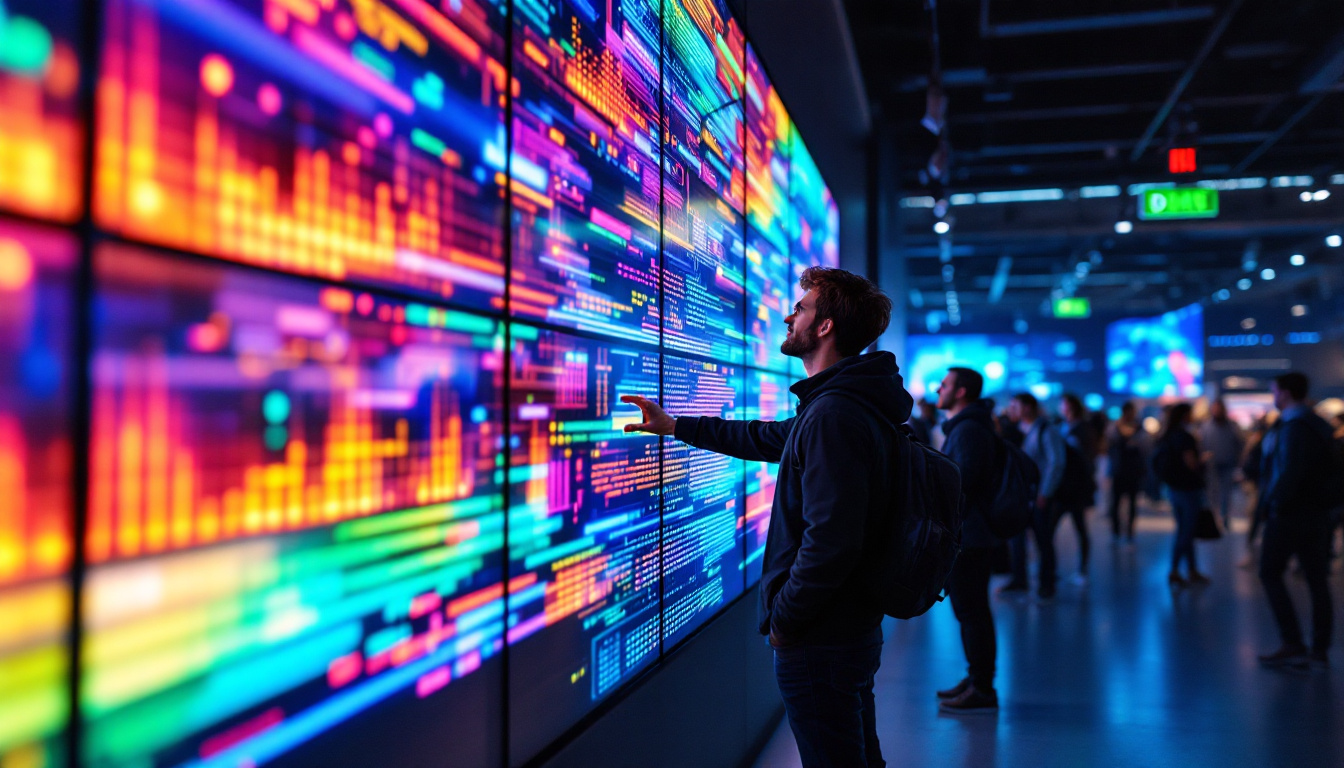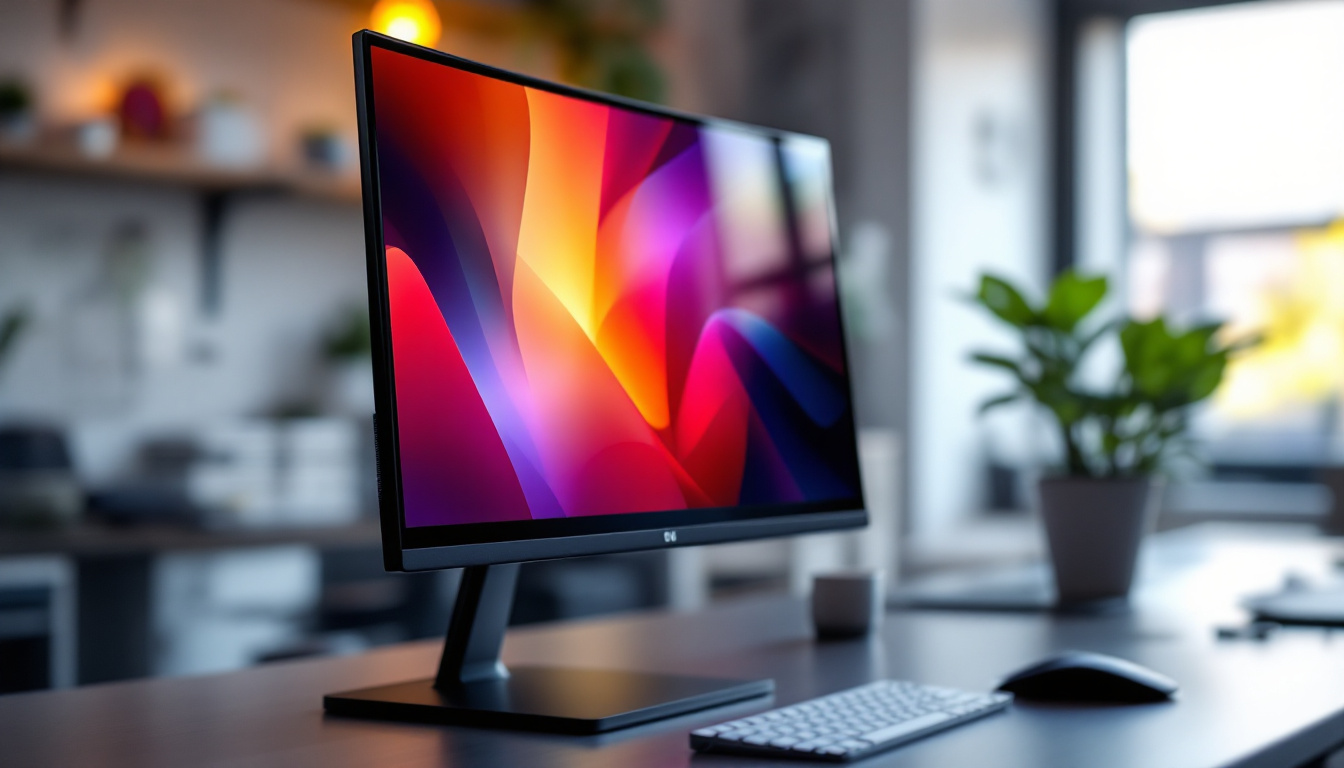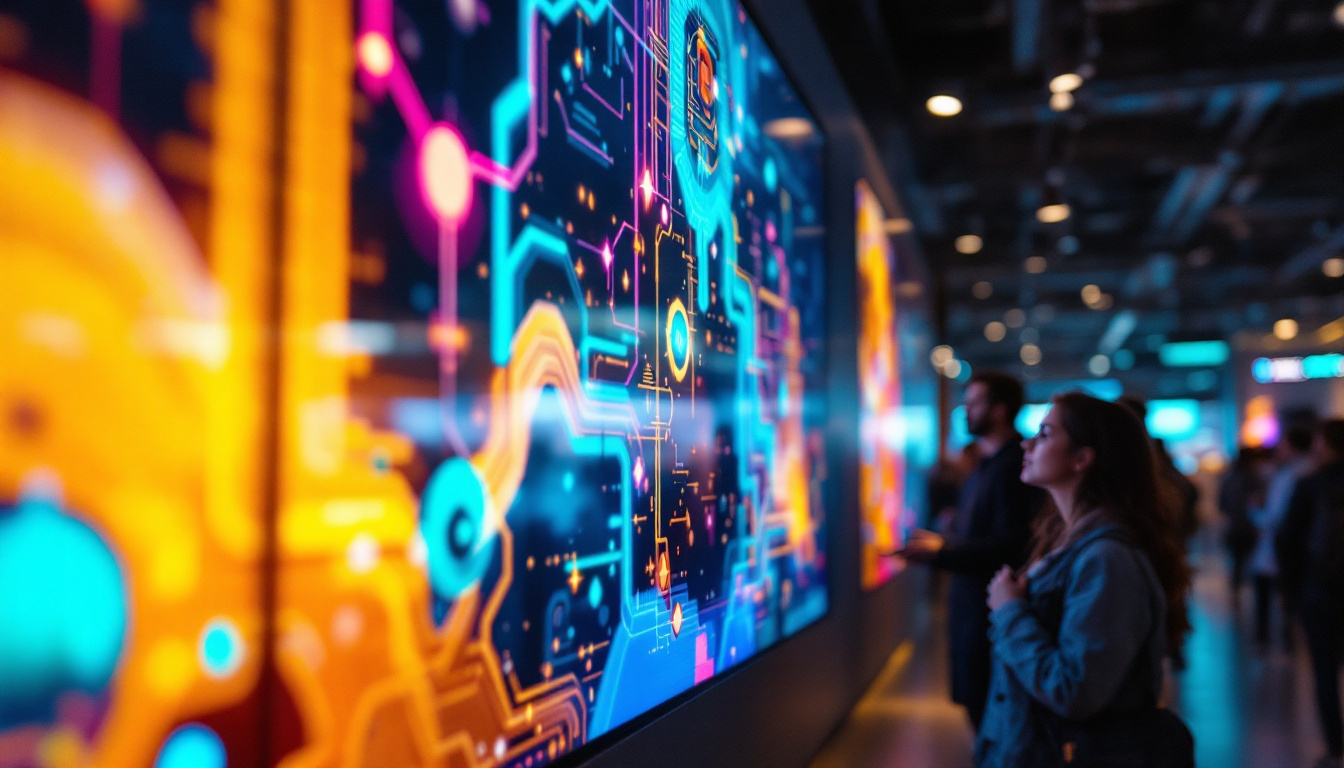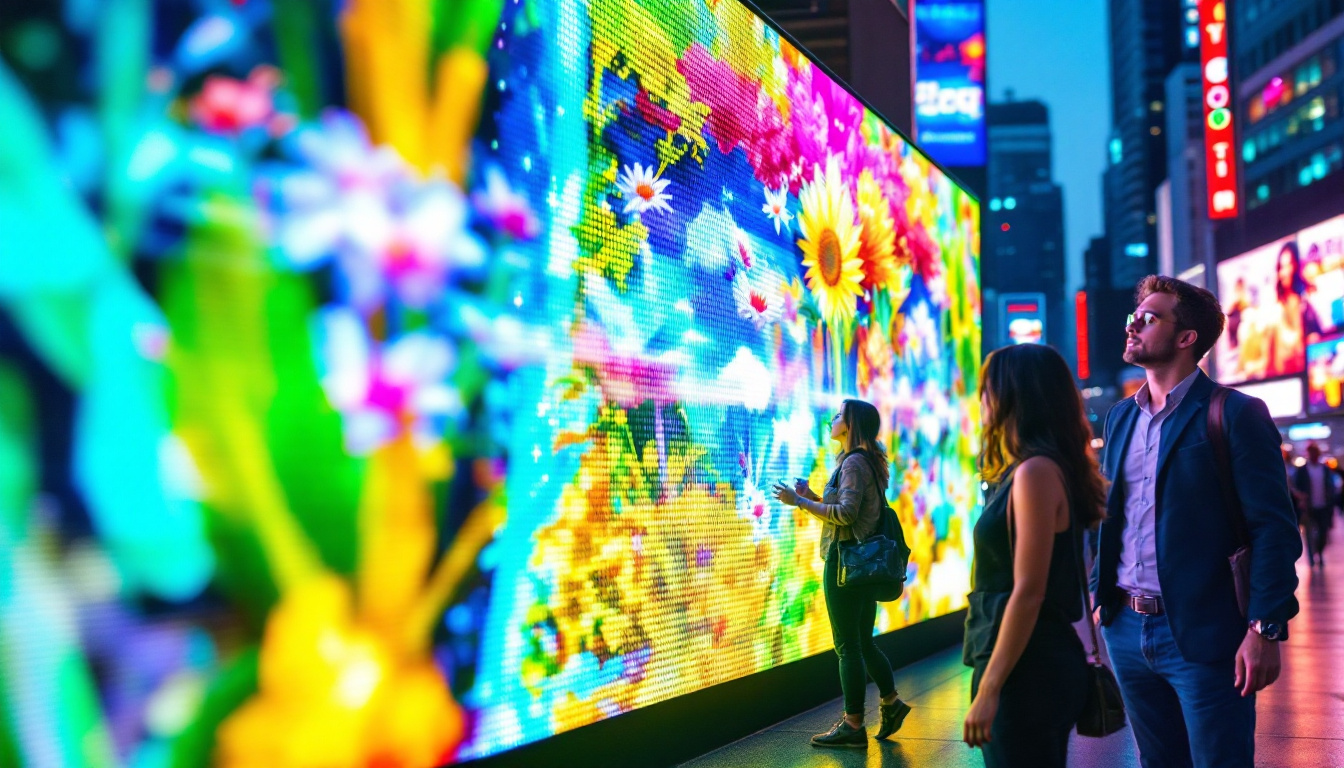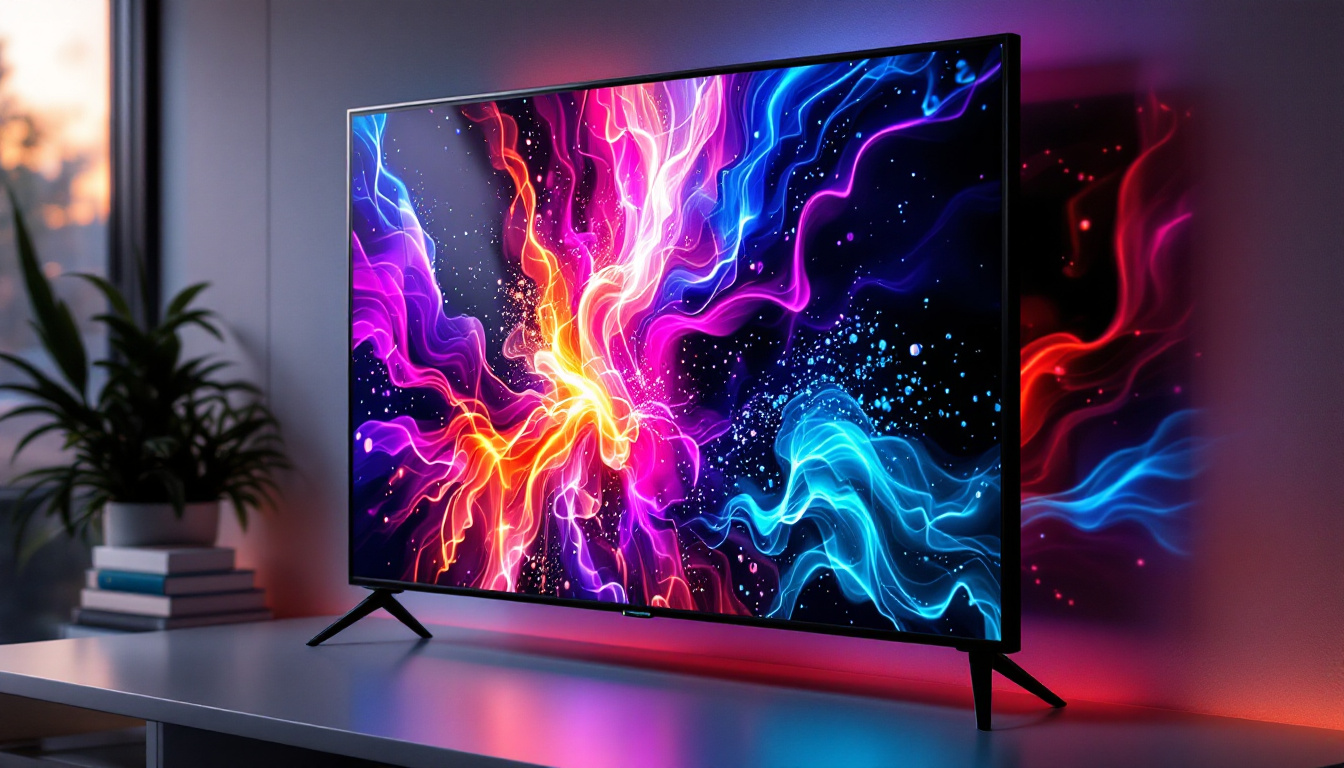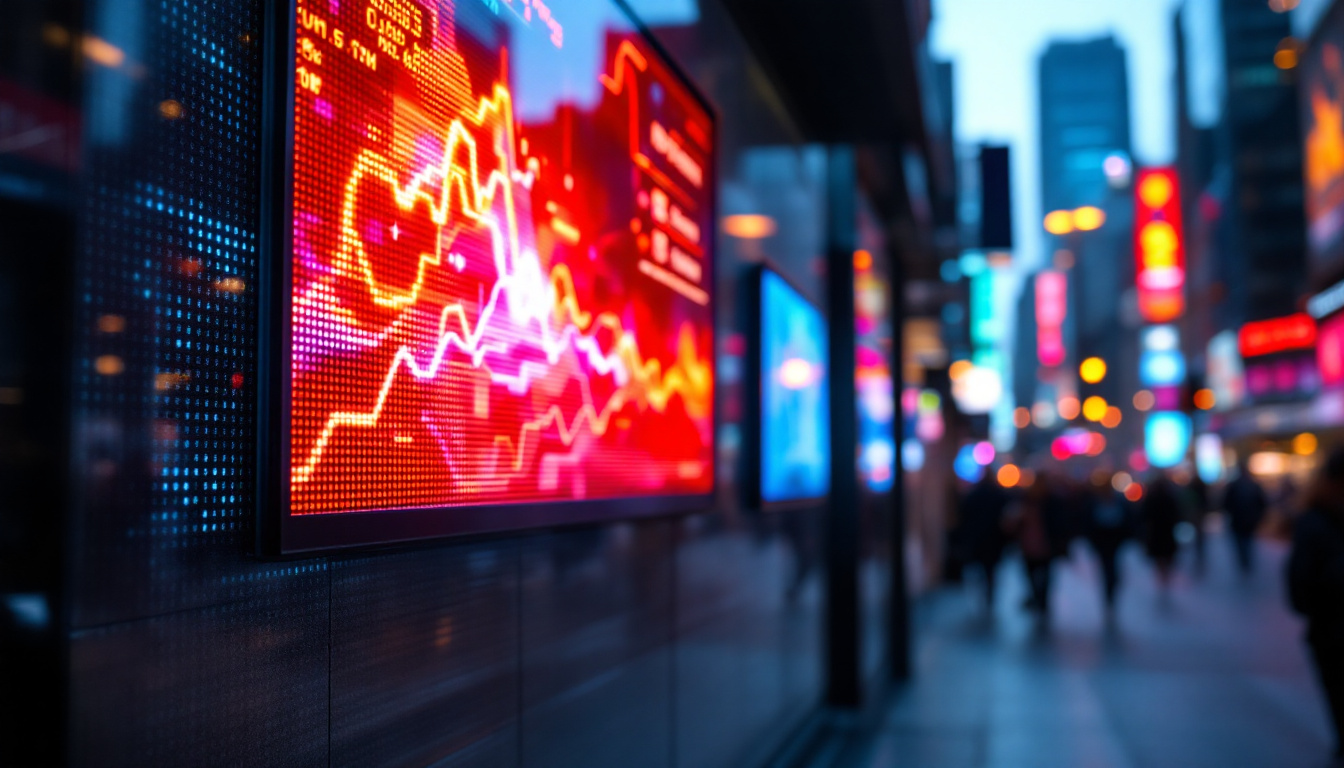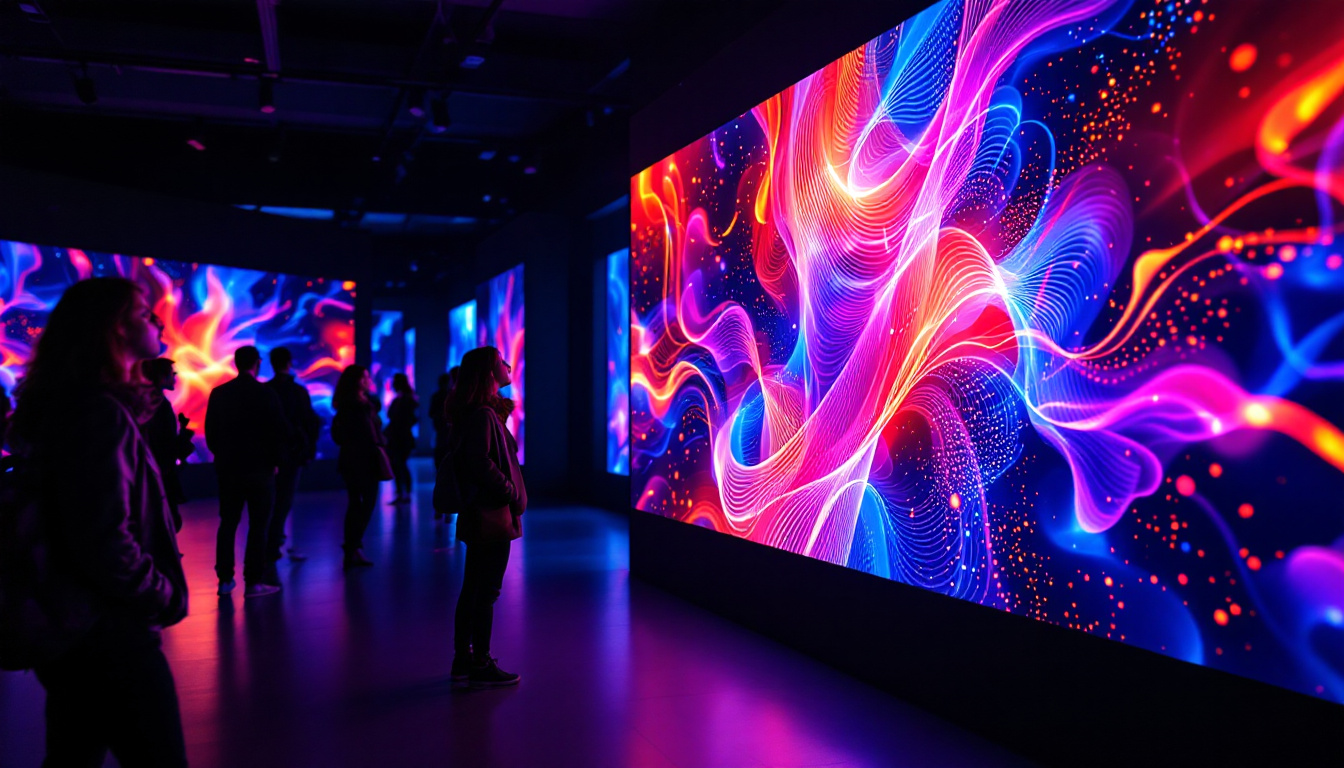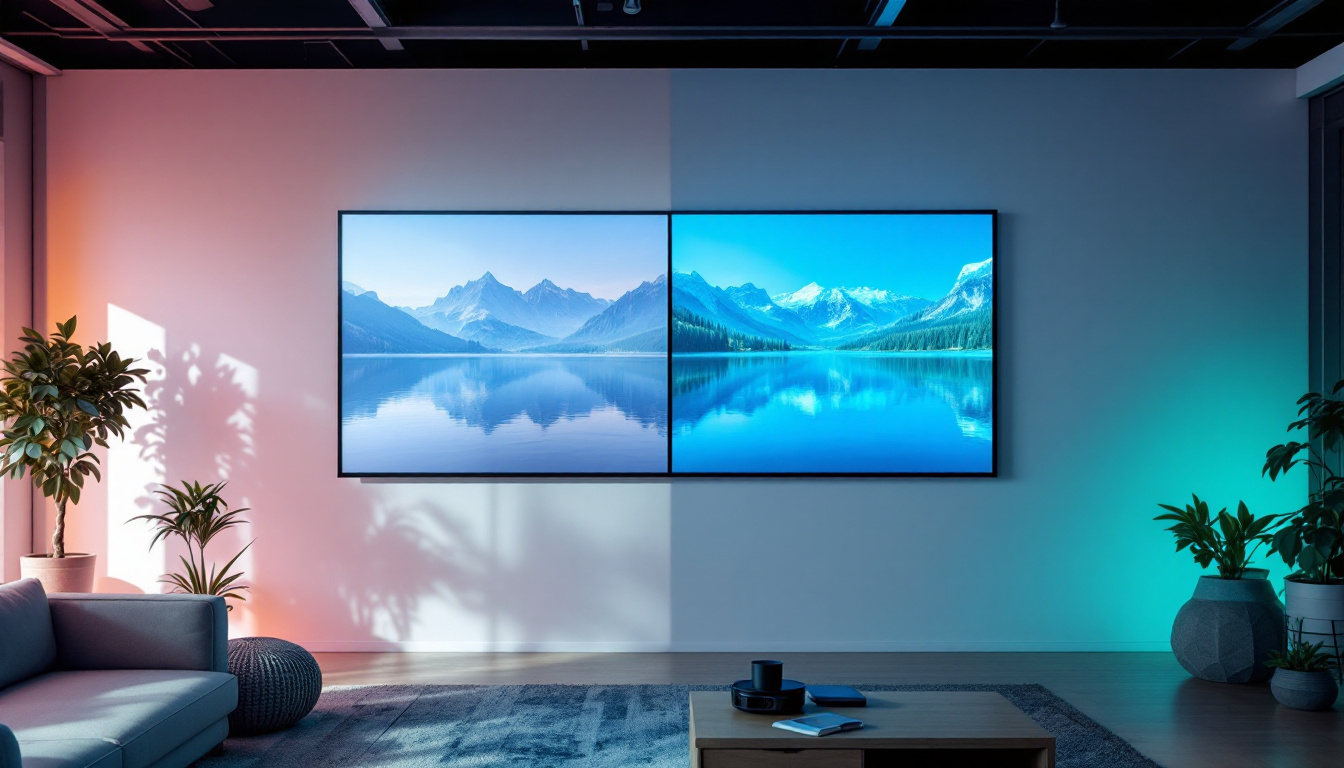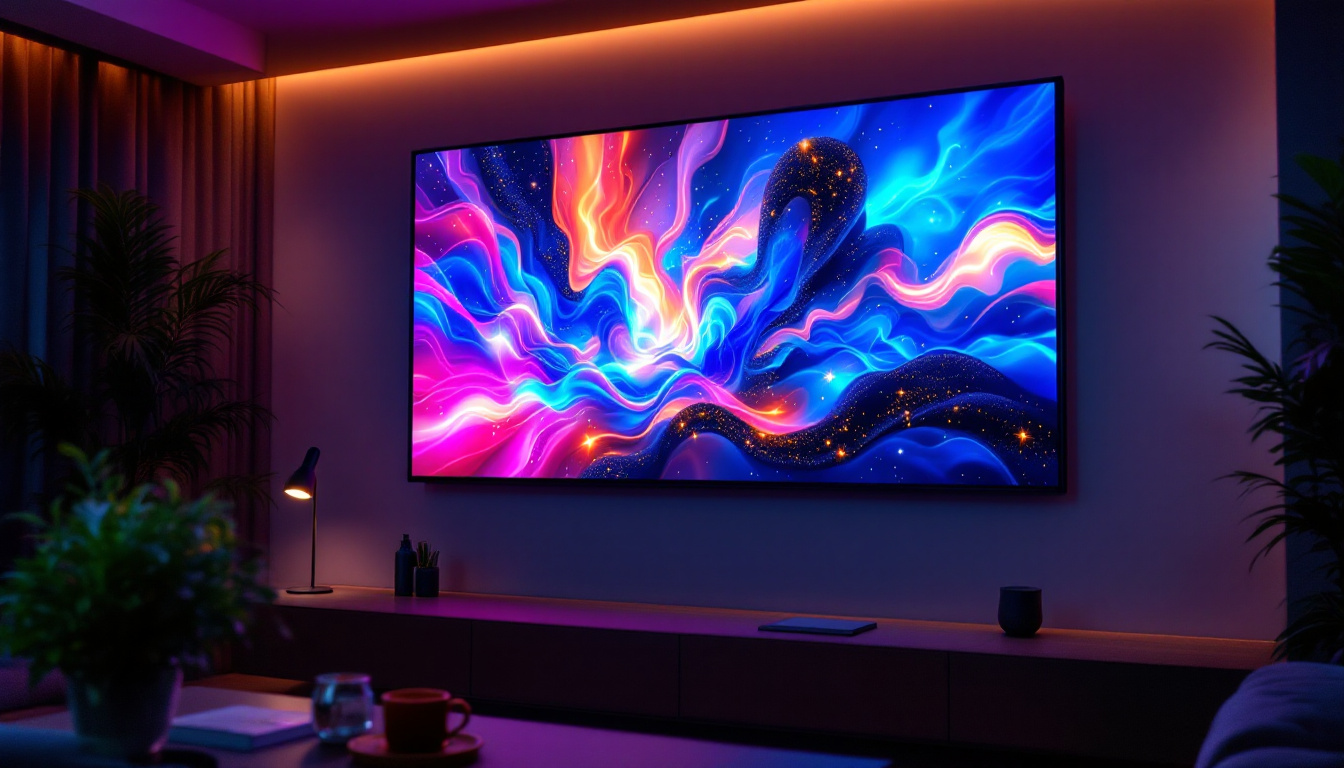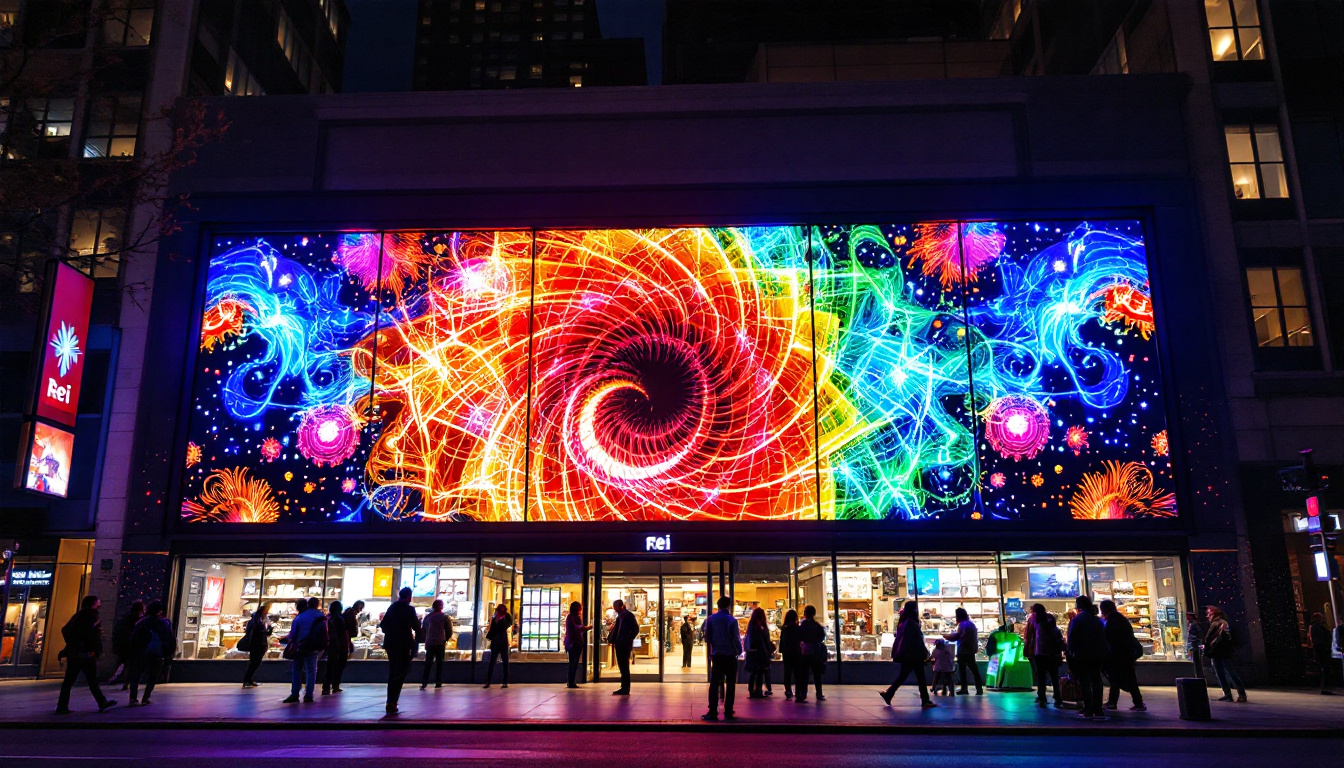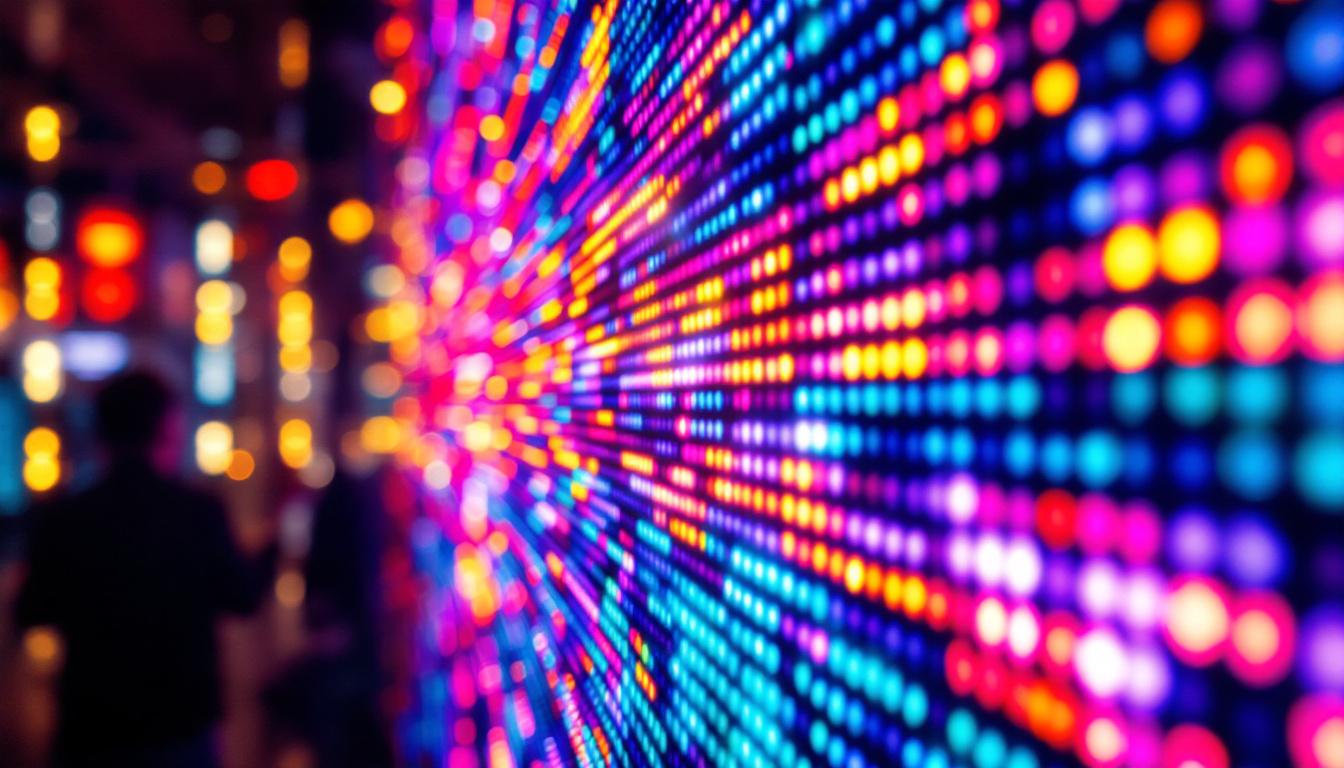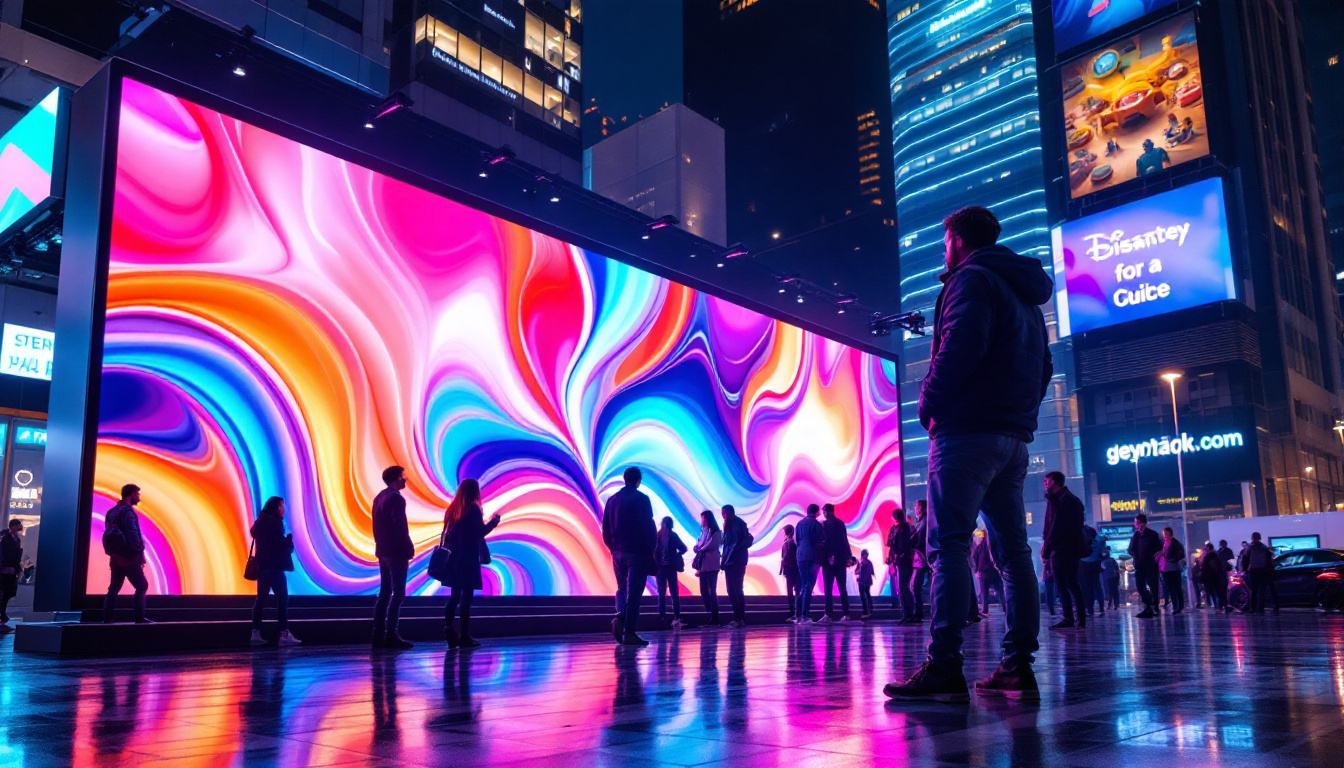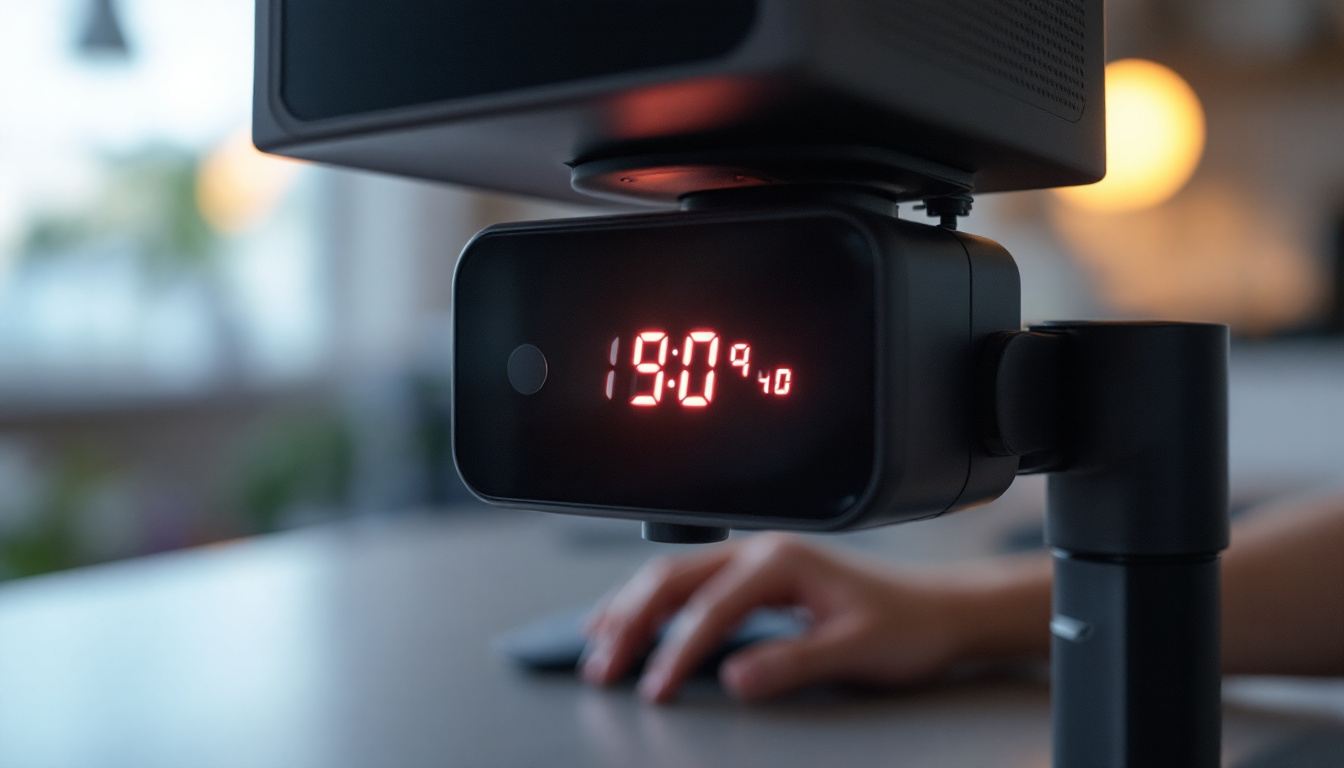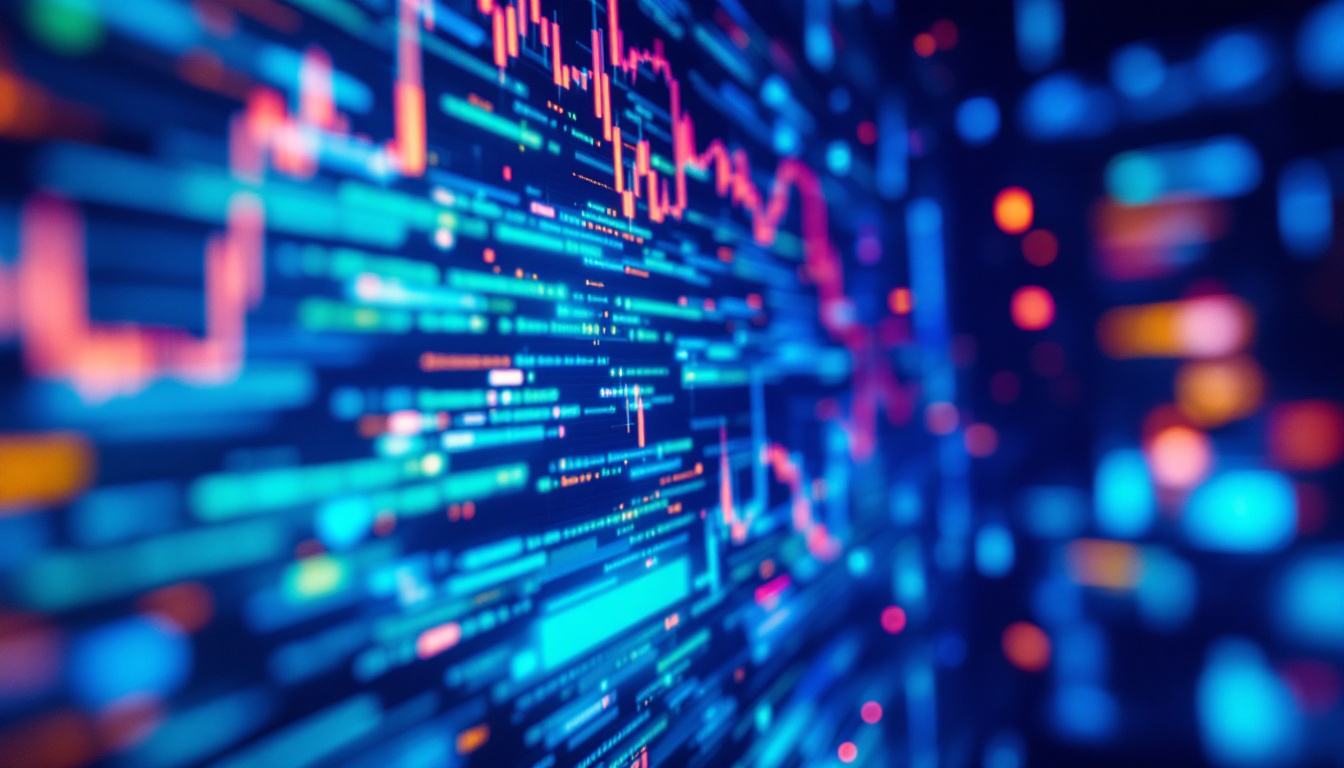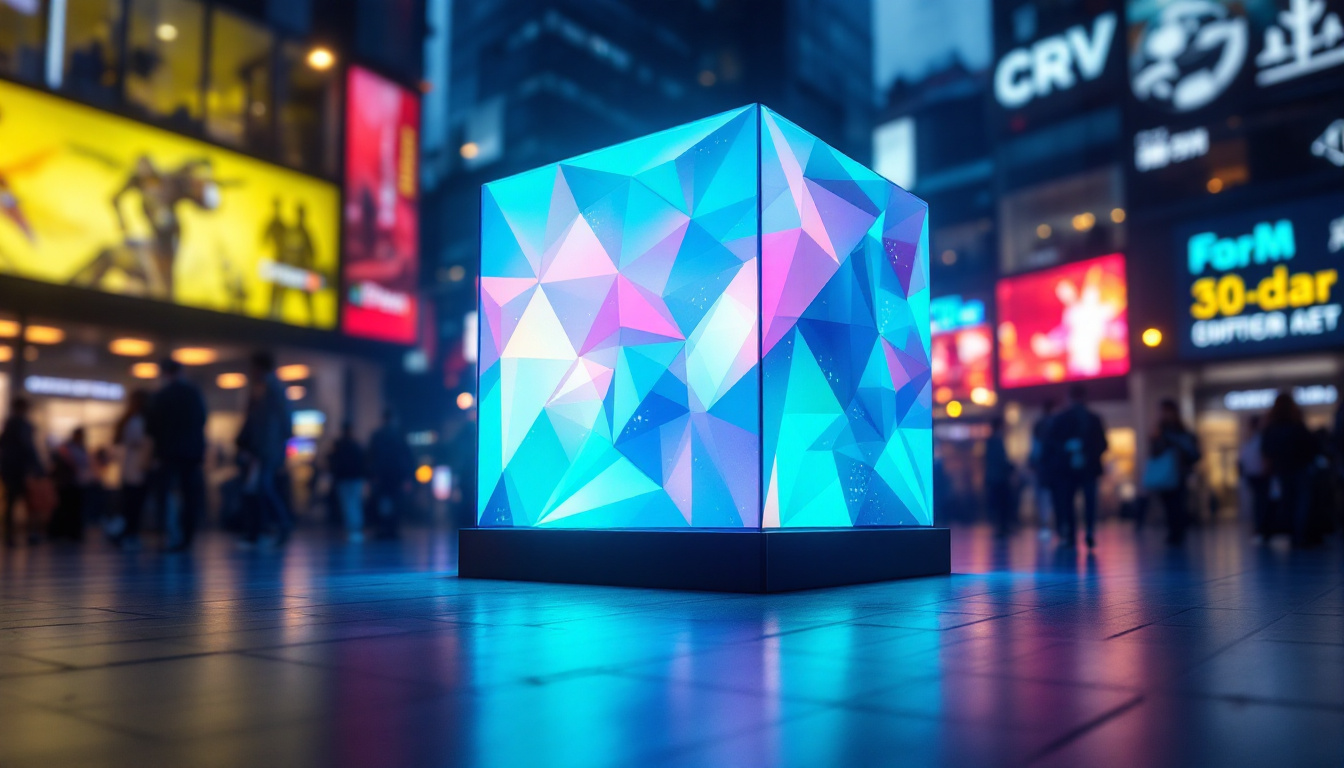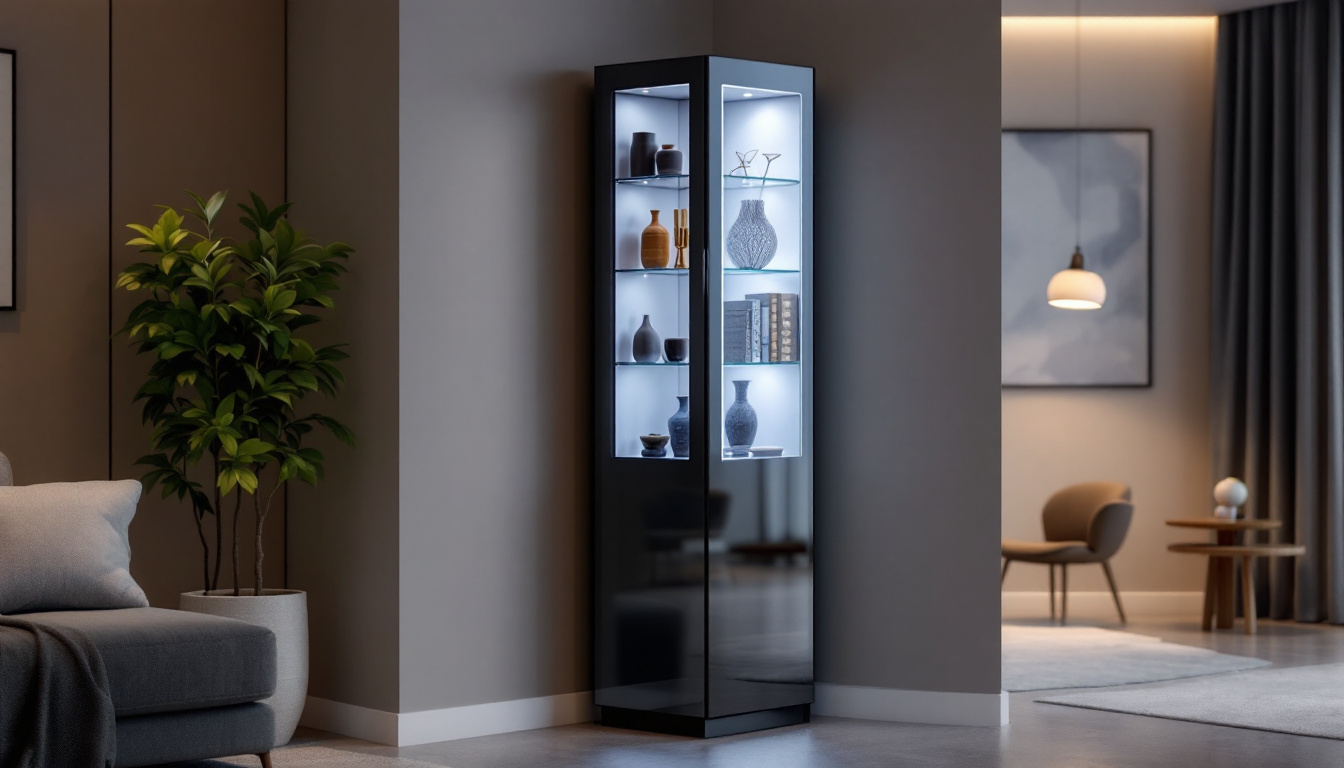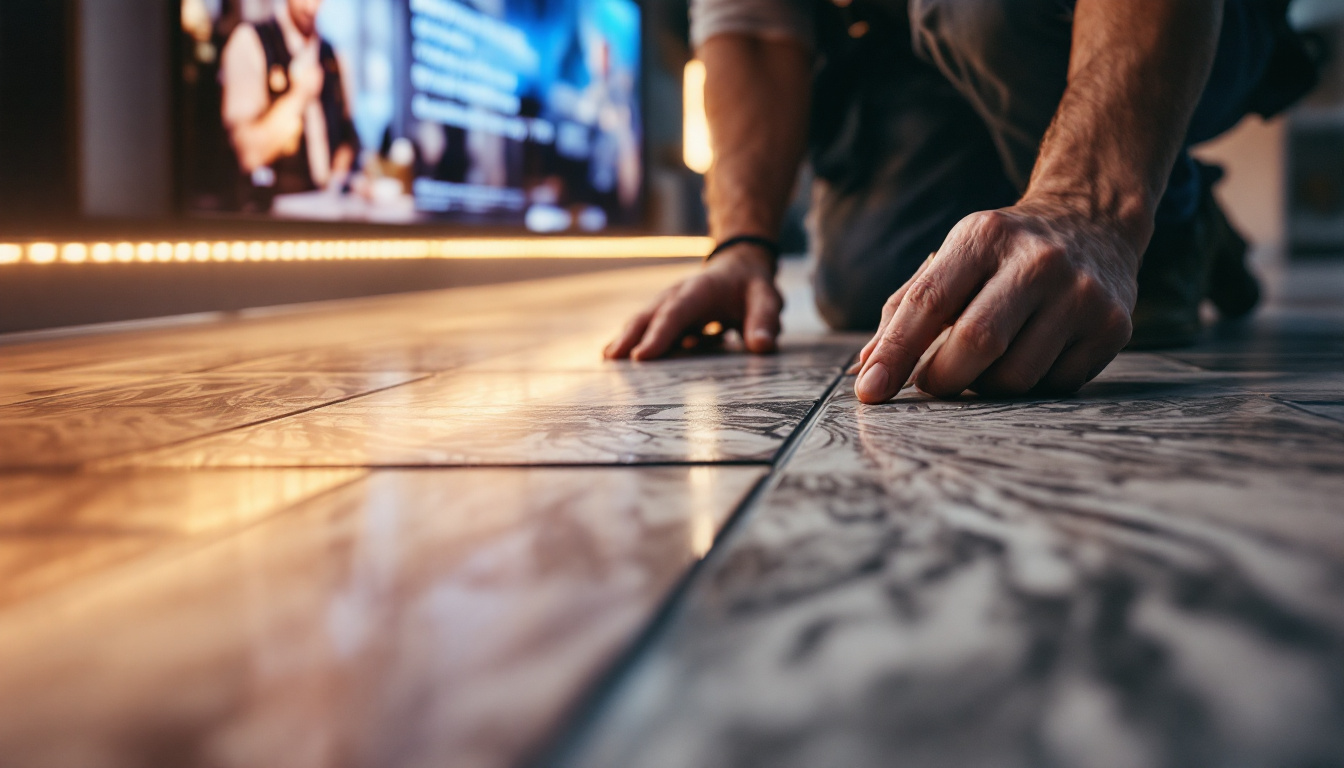In an age where privacy concerns are paramount, modern indoor privacy screens have emerged as an innovative solution for both homes and offices. Among the various types of privacy screens available, LED displays stand out for their versatility and functionality. This article delves into the intricacies of LED privacy screens, exploring their design, technology, applications, and benefits.
Understanding LED Privacy Screens
LED privacy screens are advanced display systems designed to provide a visual barrier while offering the benefits of digital technology. These screens can be used to create private spaces in open environments, making them ideal for offices, conference rooms, and even residential settings. Their ability to blend functionality with modern aesthetics makes them a popular choice for contemporary design, where open spaces often require innovative solutions to maintain privacy without sacrificing style.
What is an LED Privacy Screen?
An LED privacy screen combines the features of a traditional privacy screen with the dynamic capabilities of LED technology. Unlike static partitions, these screens can display various content, including images, videos, and even interactive elements. This flexibility allows users to adapt the screen’s appearance according to their needs, enhancing both privacy and aesthetics. For instance, during a meeting, a company might choose to display their branding or relevant data, while in a more casual setting, the screen could showcase calming visuals or art, transforming the environment to suit different moods and occasions.
How LED Technology Works
LED, or Light Emitting Diode, technology involves the use of semiconductor materials that emit light when an electric current passes through them. This technology enables screens to produce bright, vibrant images while consuming less power compared to traditional display methods. In the context of privacy screens, LED technology allows for high-resolution displays that can effectively obscure visibility while still providing engaging content. Additionally, many LED privacy screens come equipped with smart features such as touch sensitivity, allowing users to interact with the displayed content directly. This interactivity can enhance presentations or collaborative work, making the screens not just a barrier but a tool for communication and creativity.
Furthermore, the adaptability of LED privacy screens extends to their installation and integration within various environments. They can be mounted on walls, suspended from ceilings, or even used as freestanding units, making them versatile for different layouts. Some models are designed for outdoor use, providing weather-resistant features that allow for privacy in public spaces like patios or outdoor cafes. As technology continues to evolve, manufacturers are also exploring the incorporation of augmented reality (AR) capabilities, which could further enhance the functionality of these screens by overlaying digital information onto the physical world, thus creating a truly immersive experience.
Applications of LED Privacy Screens
The applications of LED privacy screens are vast and varied, catering to different environments and user needs. From corporate settings to personal spaces, these screens offer unique solutions for privacy and communication.
Corporate Environments
In corporate settings, maintaining confidentiality during meetings and discussions is crucial. LED privacy screens can be deployed in conference rooms to create a visual barrier, allowing teams to collaborate without the fear of being overheard or seen. Additionally, these screens can display relevant information or branding, enhancing the professional atmosphere. Furthermore, the integration of smart technology allows for real-time updates and notifications, ensuring that teams are always aligned with the latest data and objectives. This capability not only fosters a secure environment but also promotes efficiency, as employees can seamlessly switch between privacy and presentation modes depending on the meeting’s requirements.
Retail Spaces
Retail environments also benefit from LED privacy screens, particularly in fitting rooms or consultation areas. These screens can provide a sense of privacy for customers while allowing retailers to showcase promotions or product information. The ability to change content dynamically ensures that the space remains engaging and relevant to shoppers. Moreover, the screens can be utilized for interactive experiences, where customers can access additional product details, styling suggestions, or even virtual try-ons through augmented reality features. This not only enhances the shopping experience but also encourages longer dwell times, ultimately leading to increased sales and customer satisfaction.
Residential Use
In homes, LED privacy screens can be utilized in various ways, from creating private areas in open-plan living spaces to serving as decorative elements. Homeowners can customize the content displayed on these screens, making them a versatile addition to modern interior design. Whether it’s a serene landscape or a family photo, the possibilities are endless. Additionally, these screens can be programmed to adjust their opacity based on the time of day or the presence of individuals in the room, providing an extra layer of convenience and comfort. Imagine a screen that transforms from a vibrant piece of art during the day to a soft, translucent barrier at night, allowing for both aesthetic appeal and functional privacy. This adaptability makes LED privacy screens an innovative choice for those looking to enhance their living spaces while maintaining a sense of personal sanctuary.
Benefits of Using LED Privacy Screens
The advantages of incorporating LED privacy screens into various environments are numerous. These benefits extend beyond mere aesthetics, impacting functionality, efficiency, and user experience.
Enhanced Privacy
The primary purpose of a privacy screen is to provide a sense of seclusion. LED privacy screens achieve this by allowing users to control what is visible to others. By displaying content that obscures the view or creating a digital barrier, these screens ensure that sensitive information remains confidential.
Dynamic Content Display
Unlike traditional privacy screens, LED displays can change content at a moment’s notice. This feature allows users to adapt their environment according to specific needs or occasions. For example, a screen can display a calming nature scene during a quiet work session and switch to a vibrant promotional display during a busy retail period.
Energy Efficiency
LED technology is known for its energy efficiency, consuming significantly less power than traditional lighting and display options. This not only reduces operational costs but also contributes to a more sustainable environment. Businesses and homeowners alike can benefit from lower energy bills while enjoying the advantages of modern technology.
Design Considerations for LED Privacy Screens
When integrating LED privacy screens into a space, several design considerations come into play. These factors can influence the effectiveness and aesthetic appeal of the installation.
Size and Placement
The size of the LED privacy screen should be determined based on the specific application and the area it will occupy. In corporate environments, larger screens may be necessary to ensure visibility from various angles. In contrast, residential applications might benefit from smaller, more discreet screens. Additionally, placement is crucial; screens should be positioned to maximize their effectiveness while complementing the existing decor.
Content Management
Effective content management is essential for the success of LED privacy screens. Users should consider how frequently content will need to be updated and whether they have the resources to manage this process. Many modern screens come with user-friendly software that allows for easy content updates, making it simpler for users to keep their displays fresh and relevant.
Integration with Existing Technology
LED privacy screens can often be integrated with existing technology, such as smart home systems or corporate networks. This integration allows for seamless control and management of the screens, enhancing their functionality. For instance, a screen could be programmed to display specific content during certain hours or in response to particular events, further optimizing the user experience.
Challenges and Considerations
While LED privacy screens offer numerous benefits, there are also challenges and considerations that potential users should be aware of before making a decision.
Initial Investment
The initial investment for LED privacy screens can be significant, particularly for high-quality models. Businesses and homeowners must weigh this cost against the long-term benefits and savings associated with energy efficiency and enhanced privacy. It may be beneficial to conduct a cost-benefit analysis to determine the best course of action.
Maintenance and Upkeep
Like any technology, LED privacy screens require maintenance to ensure optimal performance. Regular cleaning and occasional software updates may be necessary to keep the screens functioning correctly. Users should factor in these ongoing costs when considering the overall investment in LED privacy screens.
Future Trends in LED Privacy Screens
The landscape of LED privacy screens is continually evolving, with new technologies and trends emerging that promise to enhance their functionality and appeal. Understanding these trends can help users make informed decisions about future installations.
Smart Technology Integration
The integration of smart technology into LED privacy screens is becoming increasingly common. This trend allows users to control their screens via smartphone apps or voice commands, adding an element of convenience and sophistication. As smart home technology continues to advance, the capabilities of LED privacy screens will likely expand, offering even more functionality.
Improved Display Quality
Advancements in display technology are leading to improved image quality and resolution in LED screens. Future models are expected to feature higher pixel densities and better color accuracy, making them even more effective for both privacy and visual appeal. Enhanced display quality will enable users to create more engaging and immersive environments.
Customization Options
Customization is a growing trend in the world of LED privacy screens. Manufacturers are beginning to offer more options for screen designs, sizes, and functionalities, allowing users to tailor their screens to fit their specific needs. This level of customization ensures that LED privacy screens can seamlessly integrate into any environment, whether corporate or residential.
Conclusion
Modern LED privacy screens represent a significant advancement in the realm of privacy solutions. Their ability to combine functionality with dynamic content display makes them an attractive option for various applications. As technology continues to evolve, the potential for LED privacy screens will only expand, offering users even more innovative ways to enhance their spaces.
Whether in a bustling corporate office, a trendy retail environment, or a cozy home, LED privacy screens provide a versatile solution for maintaining privacy while embracing the digital age. With careful consideration of design, applications, and future trends, users can make informed decisions that will serve their needs for years to come.
Discover the Future of Privacy and Visual Experience with LumenMatrix
Ready to redefine the boundaries of privacy and visual engagement in your space? Embrace the innovative world of LED display technology with LumenMatrix. As a pioneer in the industry, we offer an extensive range of LED display solutions tailored to your unique needs. From captivating Indoor LED Wall Displays to versatile All-in-One LED Displays, our products are designed to elevate your brand and create immersive experiences. Don’t miss the opportunity to transform your environment with cutting-edge LED technology. Check out LumenMatrix LED Display Solutions today and step into the future of dynamic visual communication.

